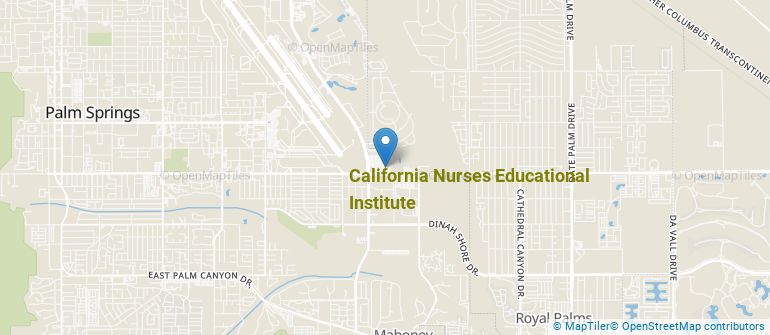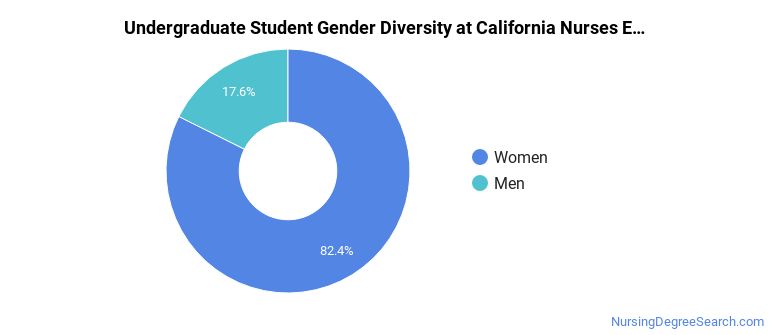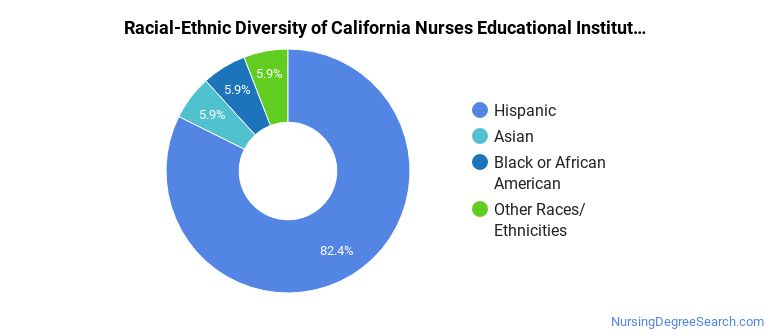California Nurses Educational Institute Nursing Programs
California Nurses Educational Institute is a private for-profit institution located in Palm Springs, California. The suburban atmosphere of Palm Springs makes it a great place for students who want the amenities of city life without actually living in the middle of a constant hustle and bustle.
Where Is California Nurses Educational Institute?

Contact details for California Nurses Educational Institute are given below.
| Contact Details | |
|---|---|
| Address: | 5200 E. Ramon Rd. Suite I-1, Palm Springs, CA 92264 |
| Phone: | 760-416-5955 |
| Website: | www.cnei.edu |
Can I Afford California Nurses Educational Institute?
Student Loan Debt
While almost two-thirds of students nationwide take out loans to pay for college, the percentage may be quite different for the school you plan on attending. At California Nurses Educational Institute, approximately 50% of students took out student loans averaging $7,919 a year. That adds up to $31,676 over four years for those students.
California Nurses Educational Institute Undergraduate Student Diversity
Gender Diversity
Of the 17 full-time undergraduates at California Nurses Educational Institute, 18% are male and 82% are female.

Racial-Ethnic Diversity
The racial-ethnic breakdown of California Nurses Educational Institute students is as follows.

| Race/Ethnicity | Number of Grads |
|---|---|
| Asian | 1 |
| Black or African American | 1 |
| Hispanic or Latino | 14 |
| White | 0 |
| International Students | 0 |
| Other Races/Ethnicities | 1 |
California Nurses Educational Institute Nursing Concentrations
The table below shows the number of awards for each concentration.
| Major | Basic Certificate | Undergraduate Certificate | TOTAL |
|---|---|---|---|
| Licensed Practical/Vocational Nurse Training | 0 | 87 | 87 |
| Nursing Assistant/Aide and Patient Care Assistant/Aide | 50 | 0 | 50 |
| TOTAL | 50 | 87 | 137 |
References
*The racial-ethnic minorities count is calculated by taking the total number of students and subtracting white students, international students, and students whose race/ethnicity was unknown. This number is then divided by the total number of students at the school to obtain the racial-ethnic minorities percentage.
More about our data sources and methodologies.
